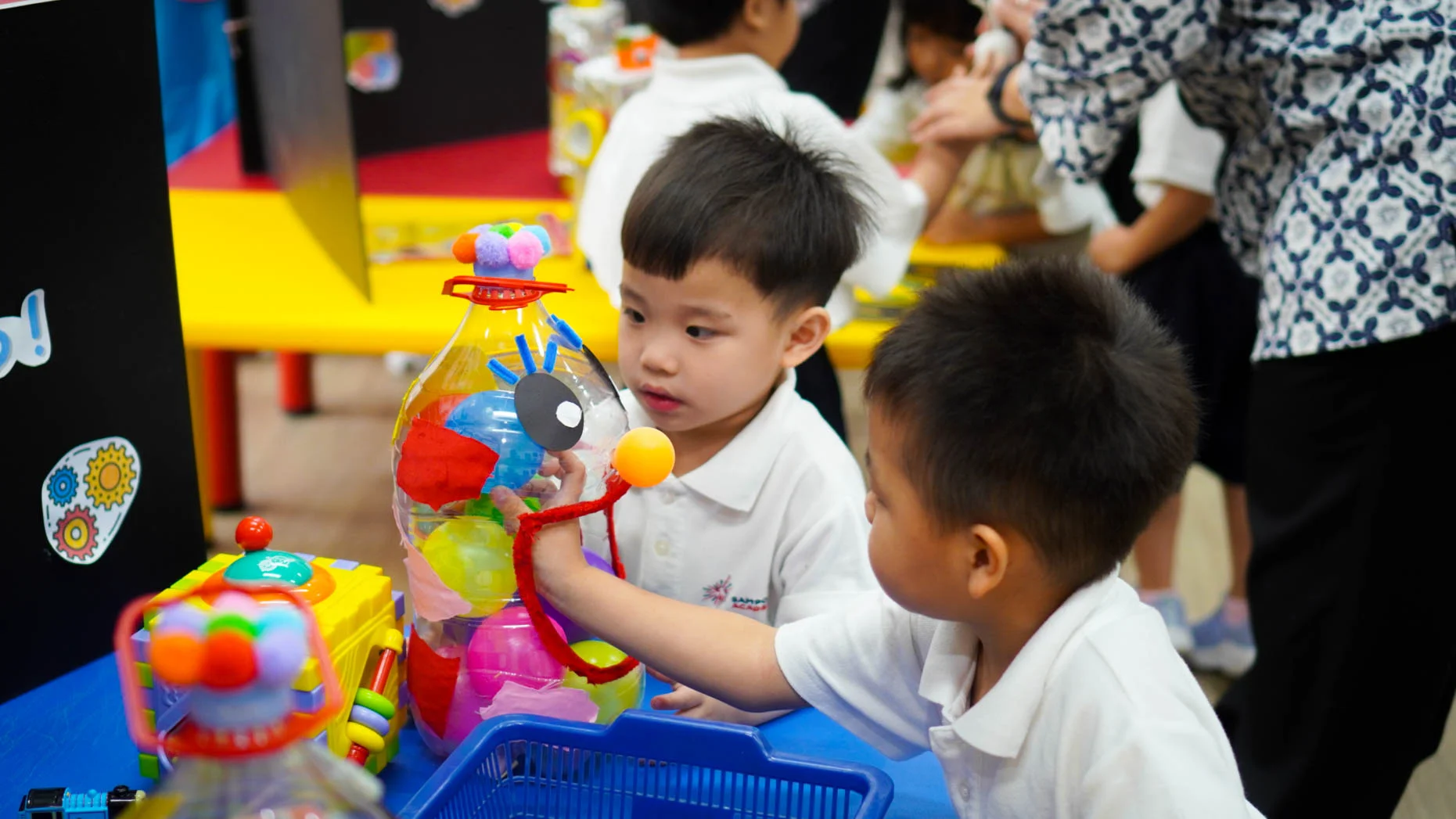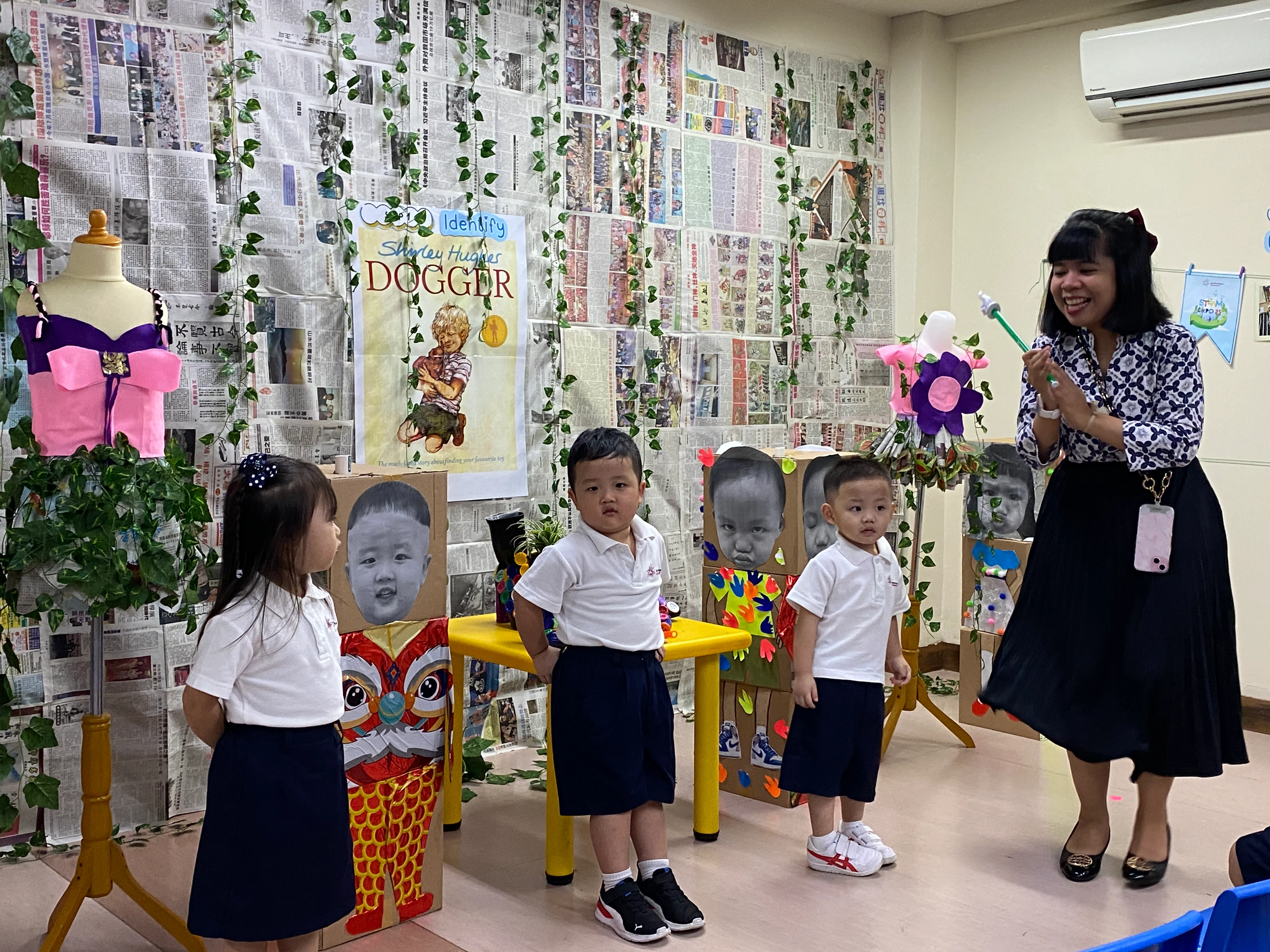Aquaponics is similar to a magical garden in which fish and plants collaborate to help each other develop. Consider a large fish tank with some friendly fish swimming about joyfully. These fish create "waste," which may sound disgusting, but it benefits plants. The water from the fish tank, which contains their waste, is directed to a dedicated garden bed where plants such as tomatoes, lettuce, and herbs flourish.
These plants enjoy the fishy water because it has the necessary nutrients to grow big and robust. As the plants absorb the nutrients, they purify the water, making it safe for the fish to swim. It's a beautiful cycle in which the fish feed the plants, and the plants clean the fish's water. As a result, with aquaponics, fish and plants become best friends, making both happy and healthy.
 Aquaponics is a city-saving superhero! It is beneficial in a variety of ways. It allows us to cultivate delicious veggies and raise fish in the city's center. That means we can eat fresh, healthful food without going far, which is excellent for the environment.
Aquaponics also helps to conserve water. This is especially important in a city where water is scarce. There is no waste because the plants consume the water in the fish tank and then return to the fish. It's also like a miniature ecosystem, with fish and plants assisting one another. The fish feed the plants, and the plants clean the water for the fish. They're like best friends!
What's more, guess what? Even if little area is available, aquaponics may transform city spaces into lovely green gardens. Anyone can be a city farmer on large buildings or balconies. Aquaponics is a city's hidden weapon for growing food, conserving water, and making our cities greener and healthier!
Aquaponics is a city-saving superhero! It is beneficial in a variety of ways. It allows us to cultivate delicious veggies and raise fish in the city's center. That means we can eat fresh, healthful food without going far, which is excellent for the environment.
Aquaponics also helps to conserve water. This is especially important in a city where water is scarce. There is no waste because the plants consume the water in the fish tank and then return to the fish. It's also like a miniature ecosystem, with fish and plants assisting one another. The fish feed the plants, and the plants clean the water for the fish. They're like best friends!
What's more, guess what? Even if little area is available, aquaponics may transform city spaces into lovely green gardens. Anyone can be a city farmer on large buildings or balconies. Aquaponics is a city's hidden weapon for growing food, conserving water, and making our cities greener and healthier!
Types of Aquaponics
There are various varieties of aquaponics systems, each with its own set of qualities and advantages. Here are a few examples:1. Media-Based Aquaponics
Plants in this category grow on a soil-like substrate, such as gravel or clay pellets. The grow bed is filled with this medium, and water from the fish tank is poured into it, where the roots of the plants receive nutrients. It's an excellent solution for many plants and is frequently used by beginners.2. Nutrient Film Technique (NFT)
A sloping channel is used in NFT systems to flow a thin coating of nutrient-rich water over plant roots. It is good for growing herbs and other plants with shallow root systems since the roots are exposed to oxygen in the air.3. Deep Water Culture (DWC)
DWC systems immerse plants in nutrient-rich water. Rafts with holes for plant containers float on the water's surface, allowing the plants' roots to dangle in the water. This technique is typically employed with leafy greens such as lettuce and herbs.4. Vertical Aquaponics
Vertical systems make efficient use of space by stacking growth beds or channels on top of each other. These systems are ideal for tiny spaces since they can grow various crops while taking up little space.5. Aquaponics Greenhouses
Greenhouses are intended to provide a controlled environment for both fish and plants. They protect from adverse weather and enable year-round production. These systems can be configured in various ways, such as media-based, DWC, or NFT.6. Backyard Aquaponics
These are tiny, do-it-yourself systems intended for usage at home. They're ideal for folks who want to raise fish and veggies in their backyards or inside. The size and complexity of backyard aquaponics systems can vary depending on the individual's goals and available area.7. Commercial Aquaponics
Some aquaponic systems are intended for commercial farming on a bigger scale. They frequently use innovative technologies and automation to increase output and efficiency. These systems can produce many fish and vegetables for sale in marketplaces or restaurants. Each aquaponics system has advantages and disadvantages, so the choice is influenced by factors such as available space, climate, the plants and fish you want to cultivate, and your experience level. Whether you're a novice or a seasoned aquaponics enthusiast, there's bound to be a system that meets your needs and ambitions.What are the benefits of Urban Aquaponics?
 Aquaponics is a city-saving superhero! It is beneficial in a variety of ways. It allows us to cultivate delicious veggies and raise fish in the city's center. That means we can eat fresh, healthful food without going far, which is excellent for the environment.
Aquaponics also helps to conserve water. This is especially important in a city where water is scarce. There is no waste because the plants consume the water in the fish tank and then return to the fish. It's also like a miniature ecosystem, with fish and plants assisting one another. The fish feed the plants, and the plants clean the water for the fish. They're like best friends!
What's more, guess what? Even if little area is available, aquaponics may transform city spaces into lovely green gardens. Anyone can be a city farmer on large buildings or balconies. Aquaponics is a city's hidden weapon for growing food, conserving water, and making our cities greener and healthier!
Aquaponics is a city-saving superhero! It is beneficial in a variety of ways. It allows us to cultivate delicious veggies and raise fish in the city's center. That means we can eat fresh, healthful food without going far, which is excellent for the environment.
Aquaponics also helps to conserve water. This is especially important in a city where water is scarce. There is no waste because the plants consume the water in the fish tank and then return to the fish. It's also like a miniature ecosystem, with fish and plants assisting one another. The fish feed the plants, and the plants clean the water for the fish. They're like best friends!
What's more, guess what? Even if little area is available, aquaponics may transform city spaces into lovely green gardens. Anyone can be a city farmer on large buildings or balconies. Aquaponics is a city's hidden weapon for growing food, conserving water, and making our cities greener and healthier!


